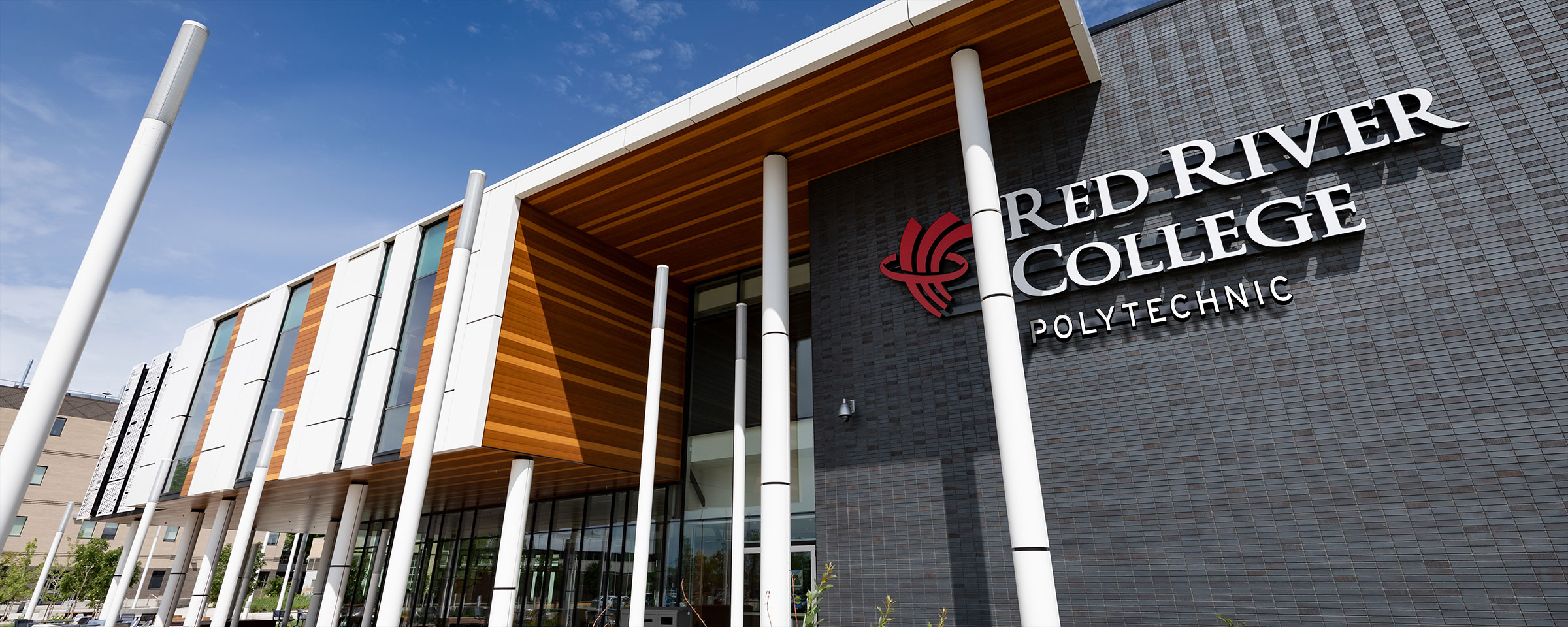RRC instructor harnesses robotic imaging in exploration of embryonic cell development
To what extent are cells affected by outside forces as animals evolve from the embryonic stage to birth? That’s the question Red River College’s Susan Crawford-Young hopes to help answer through research showcased at a noon discussion today.
An instructor at RRC’s Winkler Campus Adult Learning Centre, Crawford-Young explores a range of interest areas encompassing biology, imaging and electronics. Her Master’s thesis involved the development of a robotic microscope to acquire 3D-plus sequenced images of a developing salamander egg.
That research work continues in what has been termed the Google Embryo project — which studies how embryos develop in order to better understand the forces affecting cells as they evolve and acquire nerves, skin and muscle.
The aim of the project is to use the new microscope to take time-lapse images of the entire surface of an amphibian embryo, then map those images on a globe using Google Earth software.
“The theory is that cells respond to forces which cause them to change their cell types and their chemistry — which causes further changes in the cells,” says Crawford-Young. “Development is all about how cells change physically and chemically due to their position in an embryo’s structure. I’m interested in developing tools and taking measurements of embryonic tissue, using model animals such as the axolotl salamander and the Manitoba mudpuppy to further this research.”
Crawford-Young will discuss her research at the Notre Dame Campus’ eTV Studio B, from noon to 1pm on Wednesday, Sept. 24. Hers is the first in a series of such presentations made possible by the College Applied Research Development (CARD) Fund and the Program Innovation Fund (PIF).
The series is co-sponsored by RRC’s Applied Research and Commercialization and the Centre for Teaching Excellence, Innovation and Research.
Watch the live stream at noon, courtesy of eTV.

